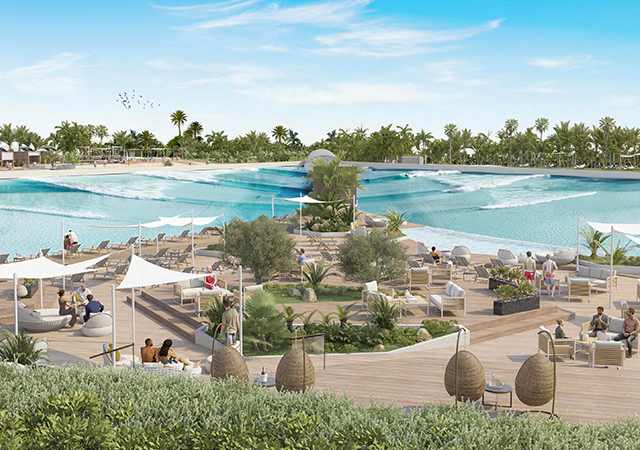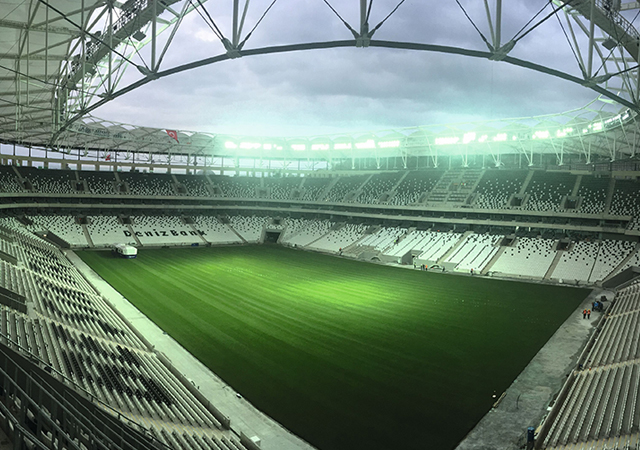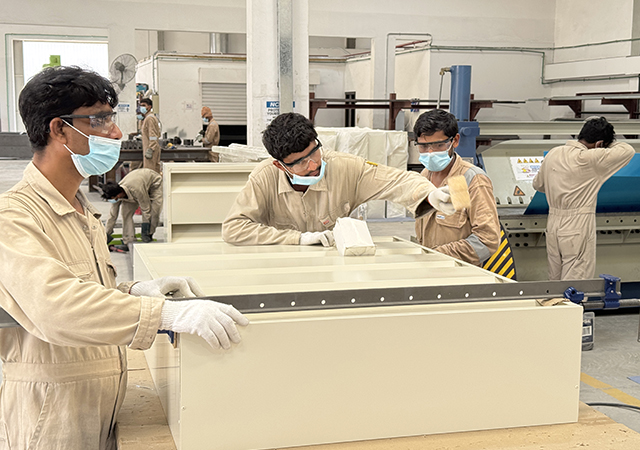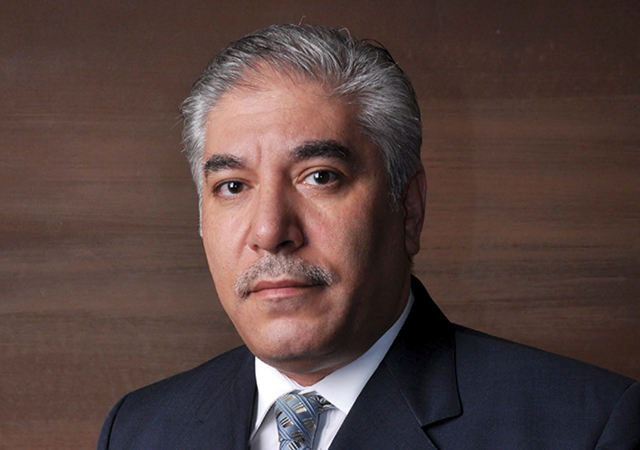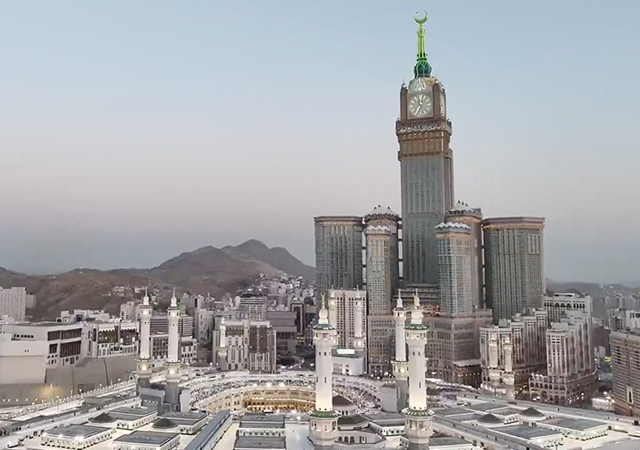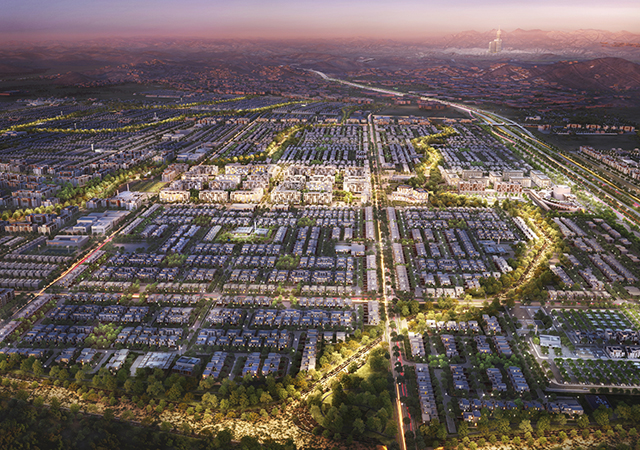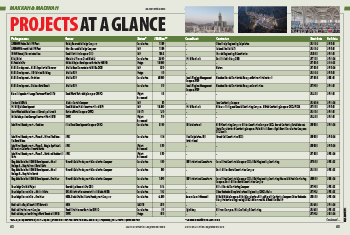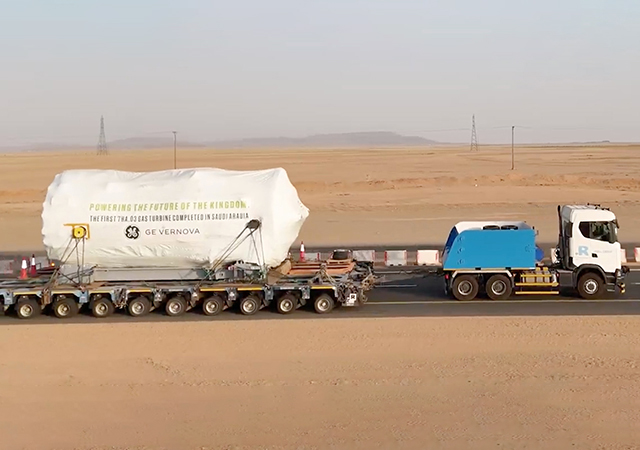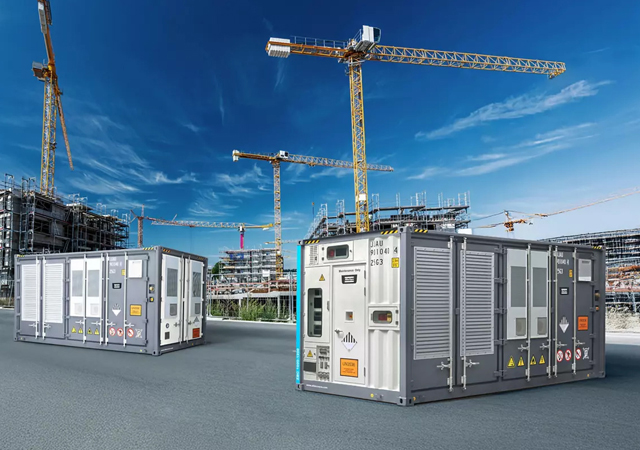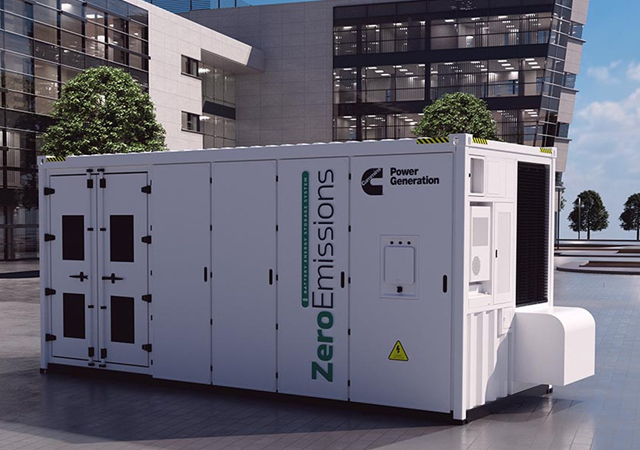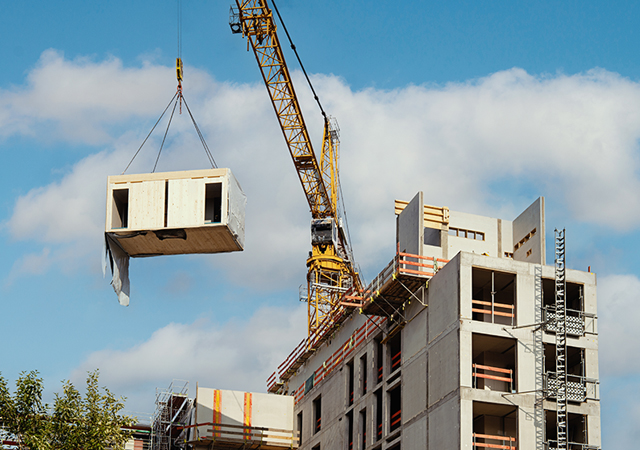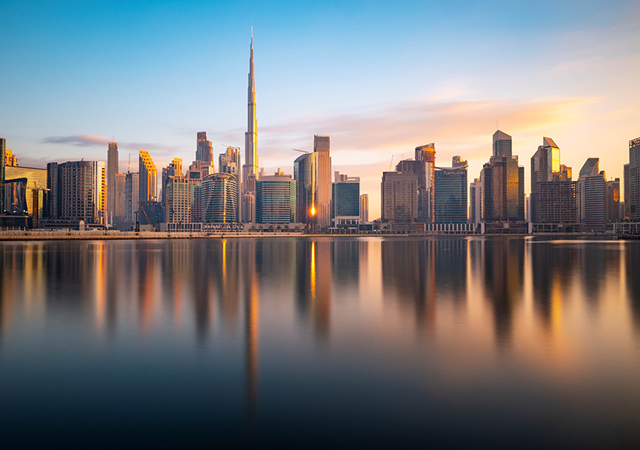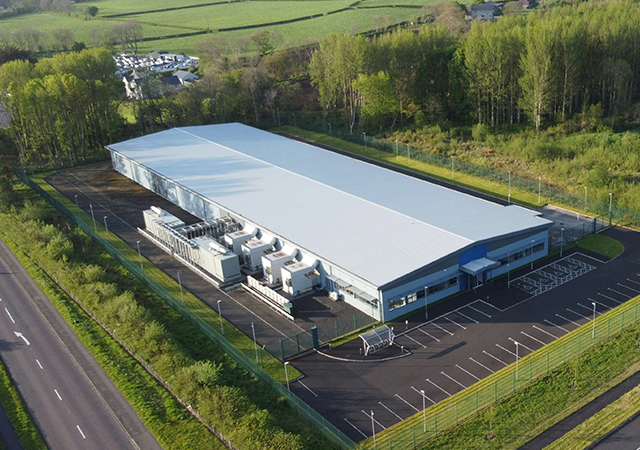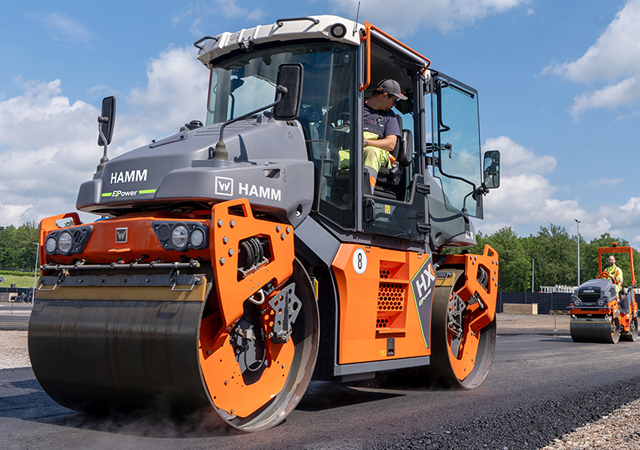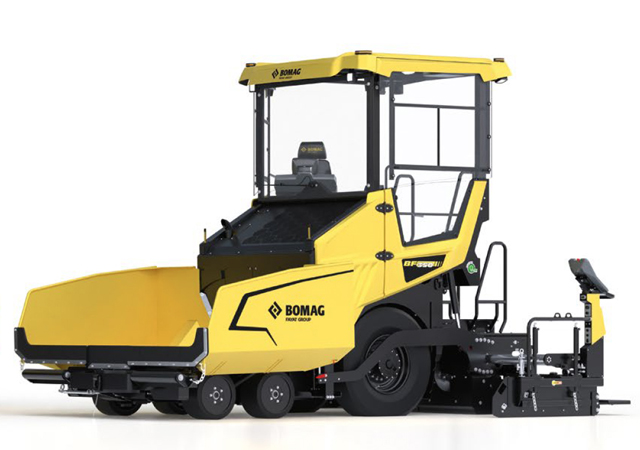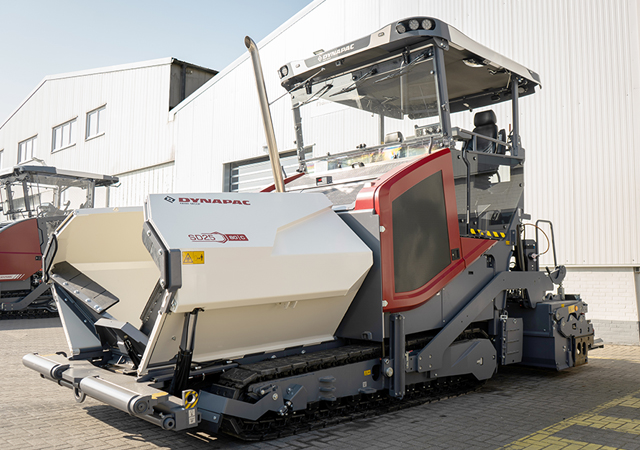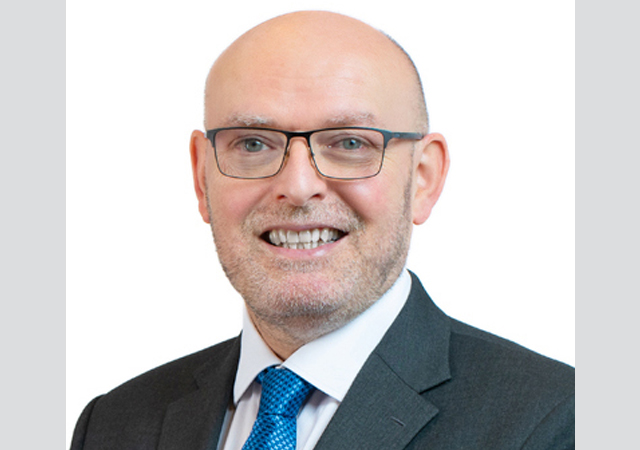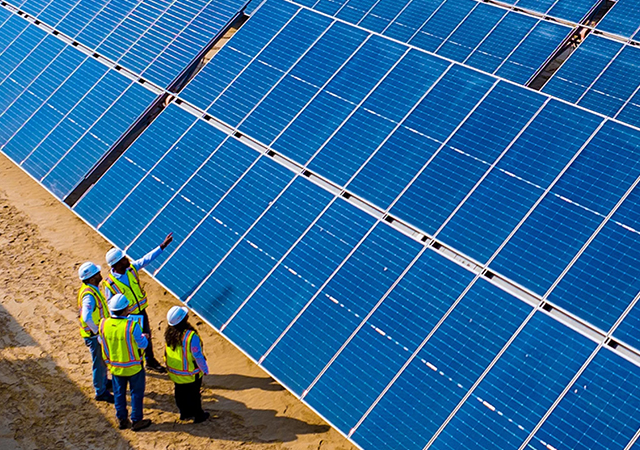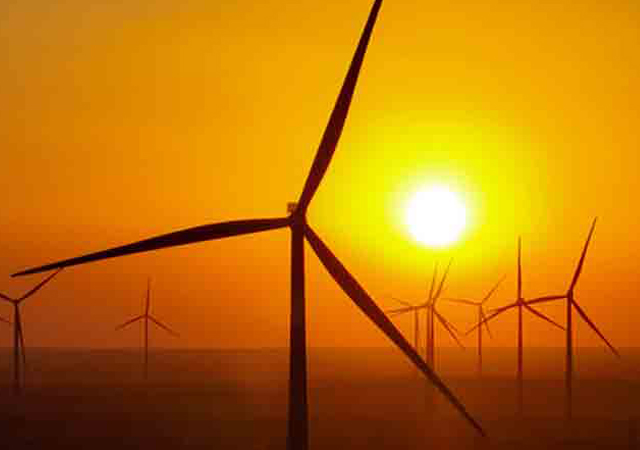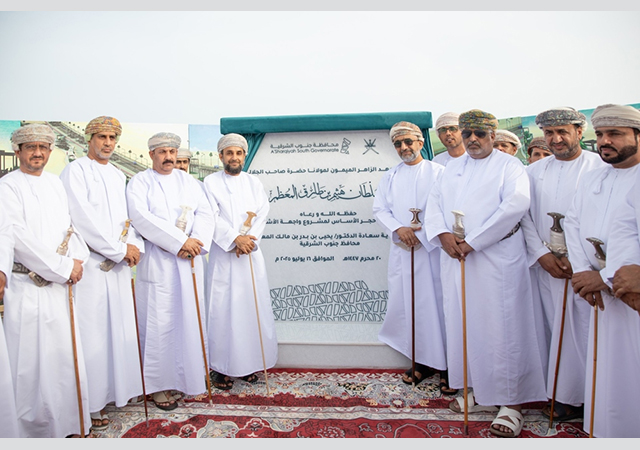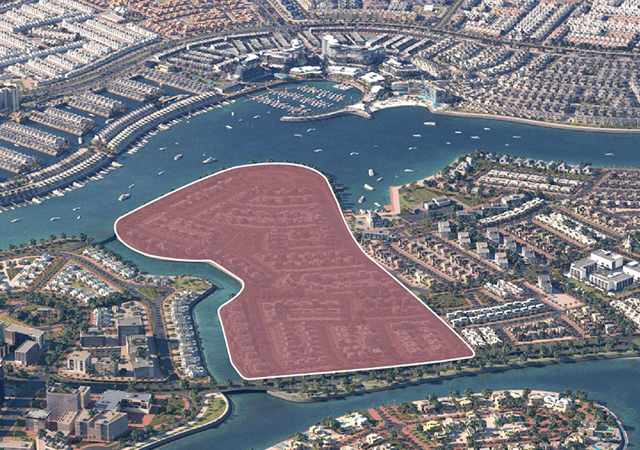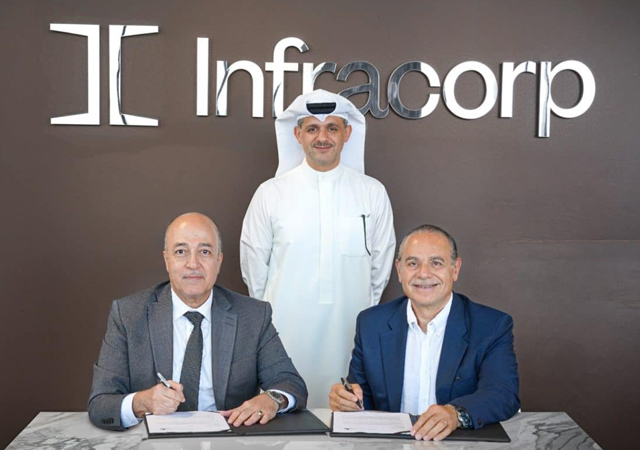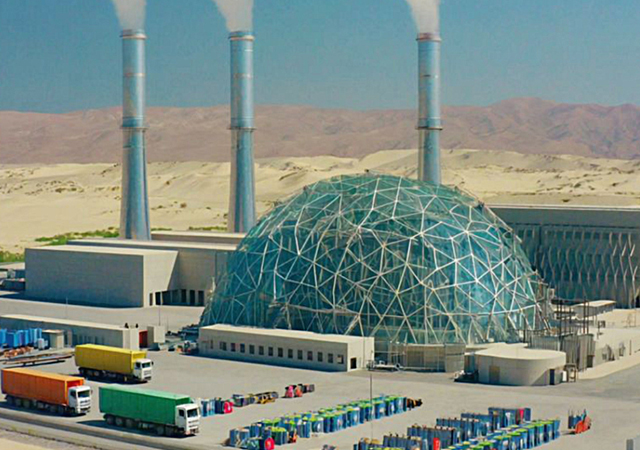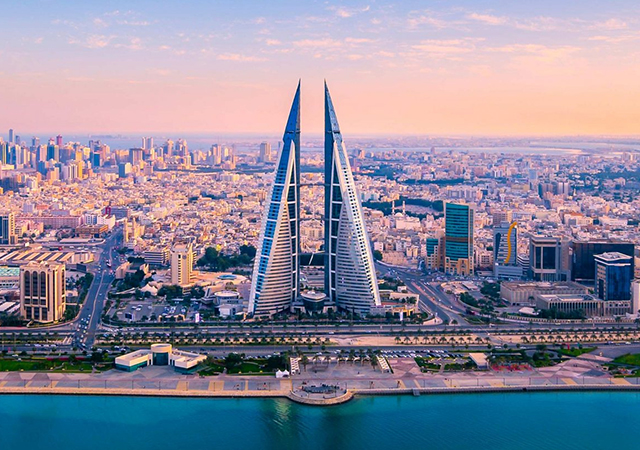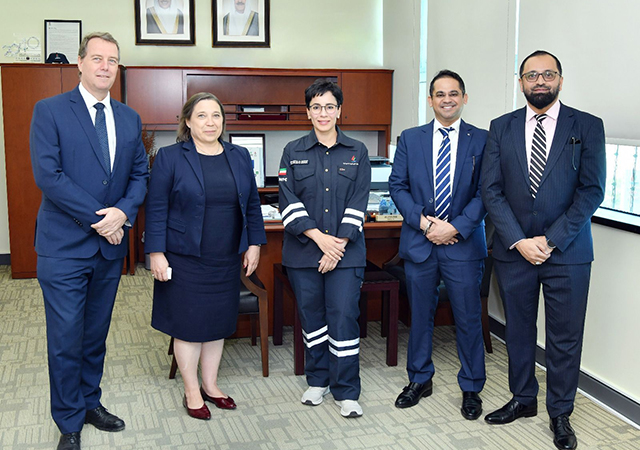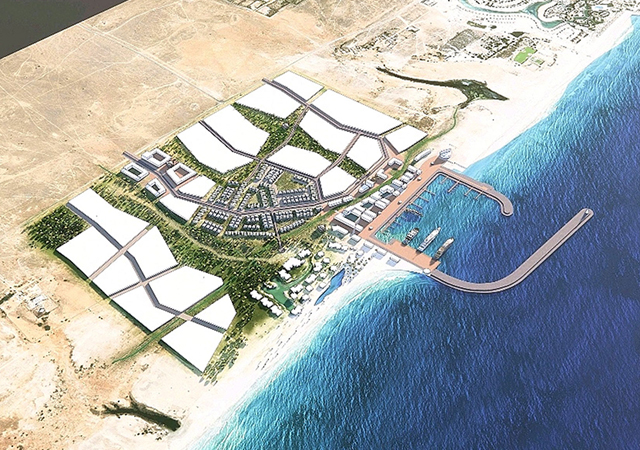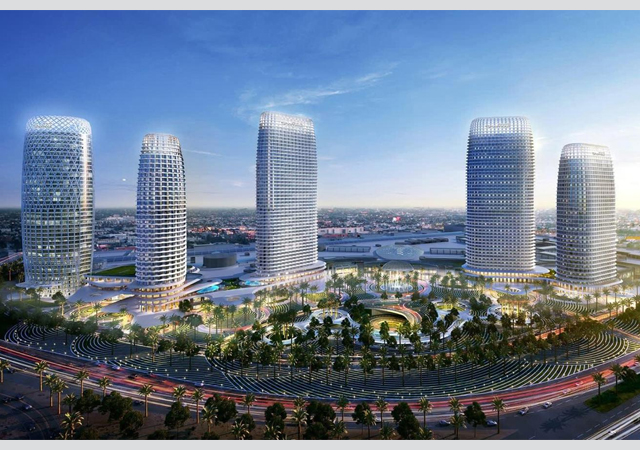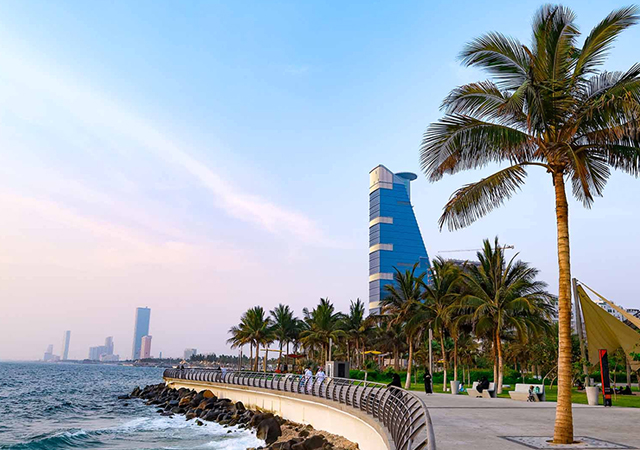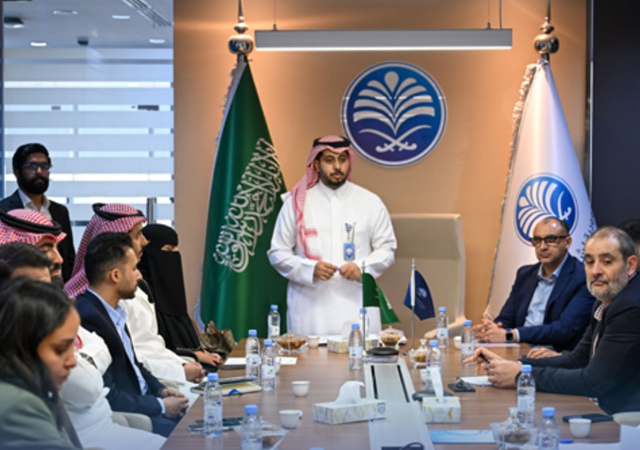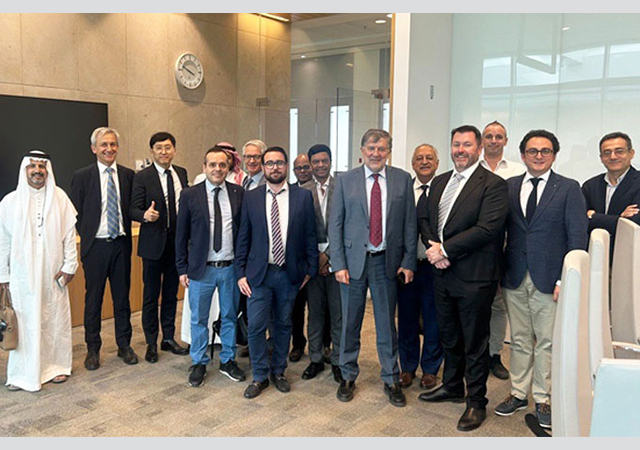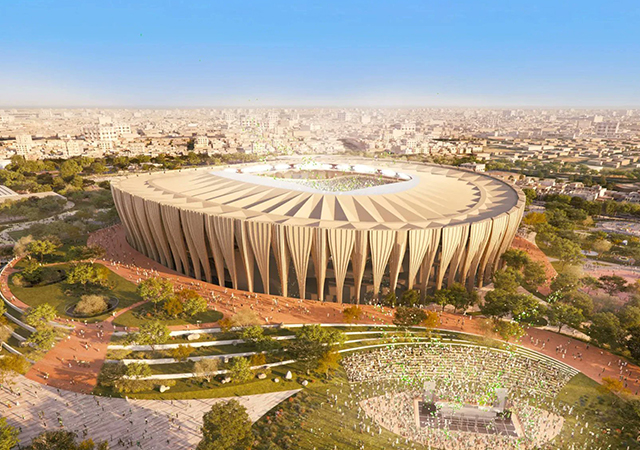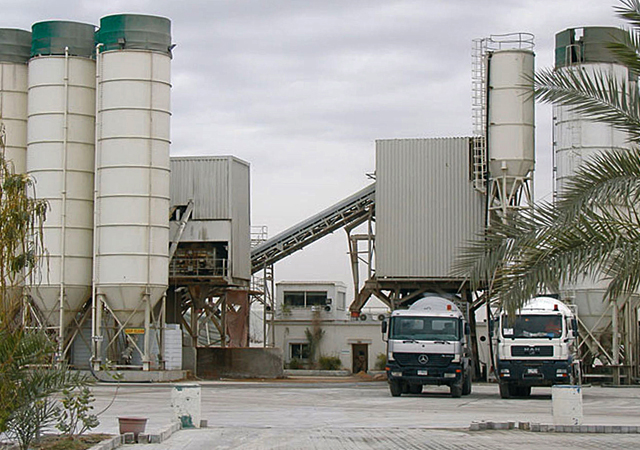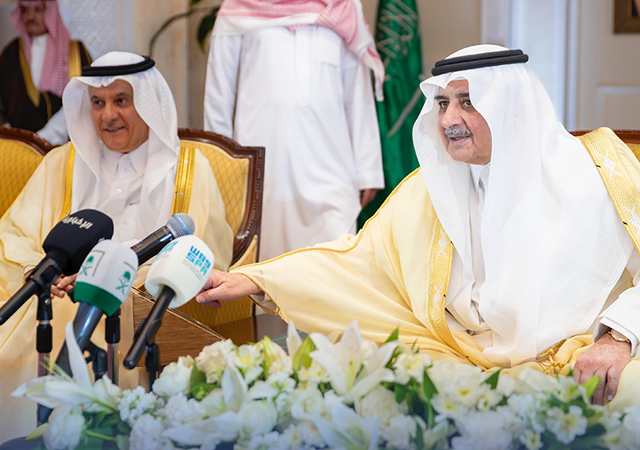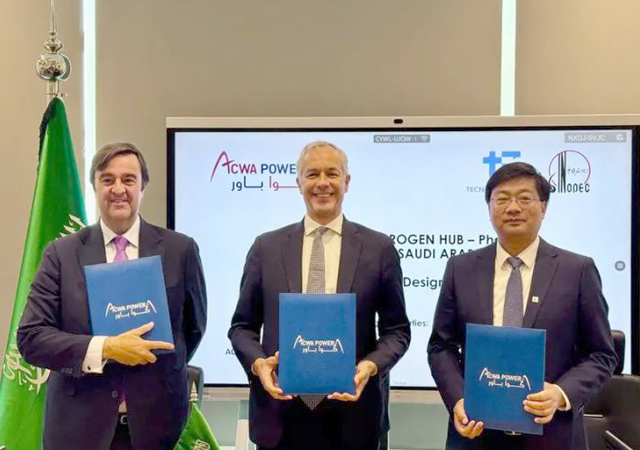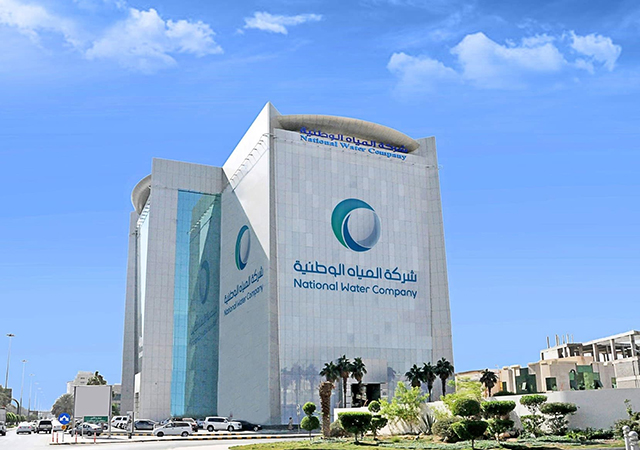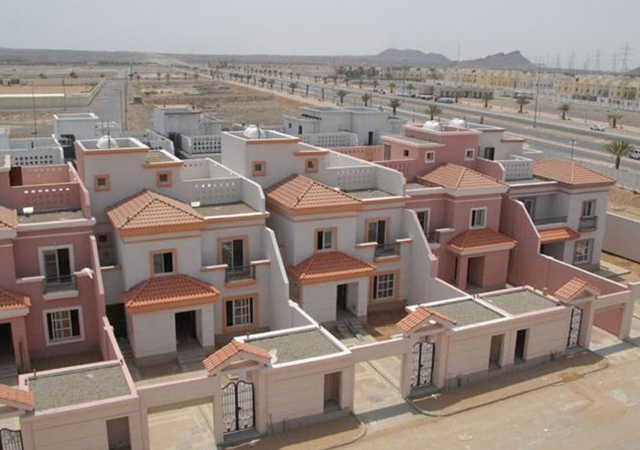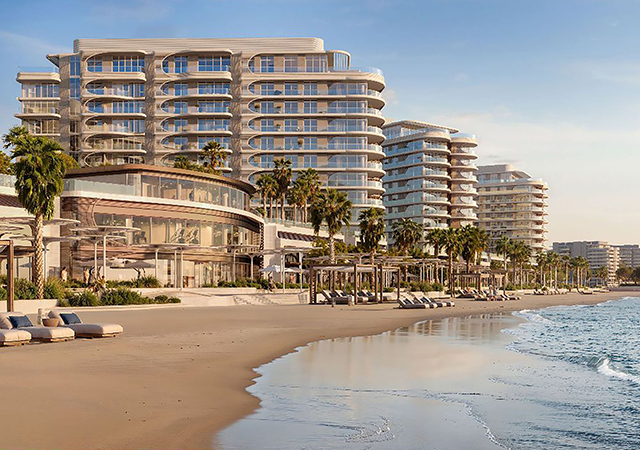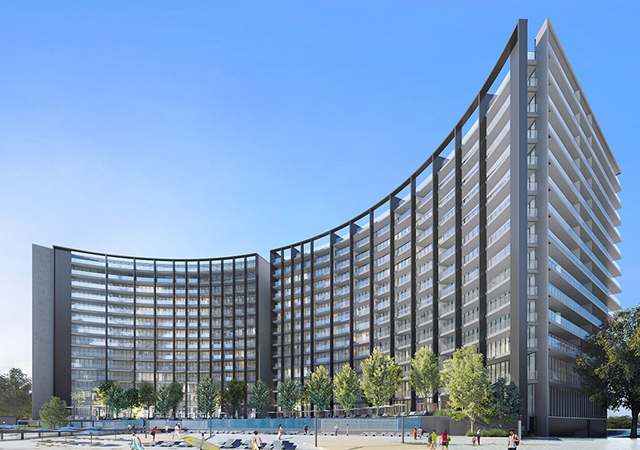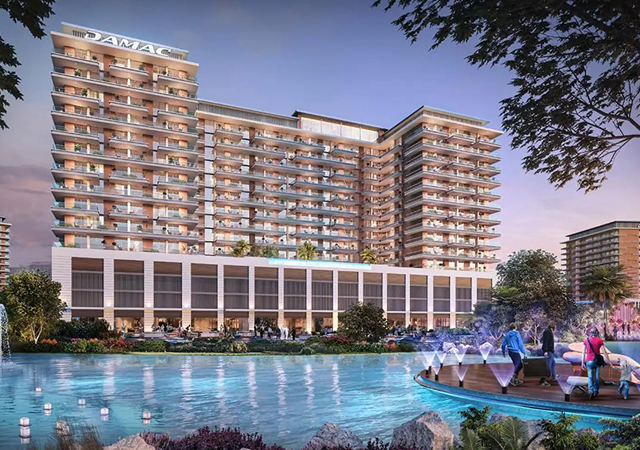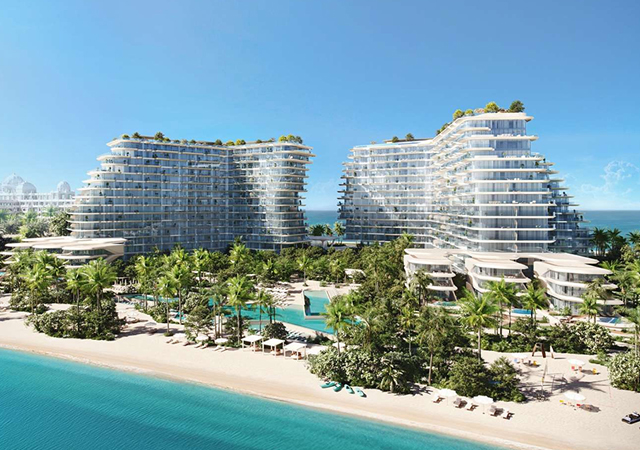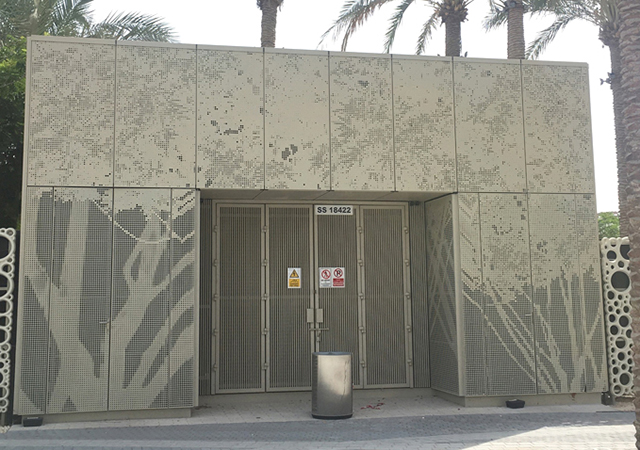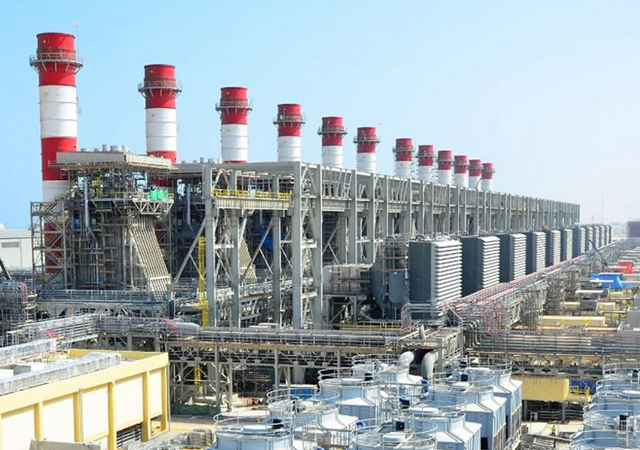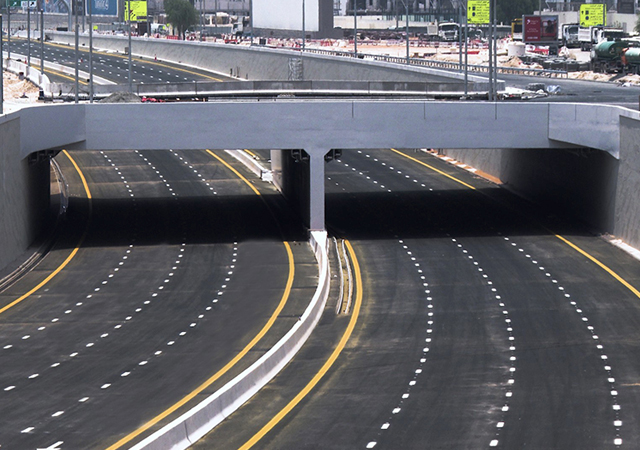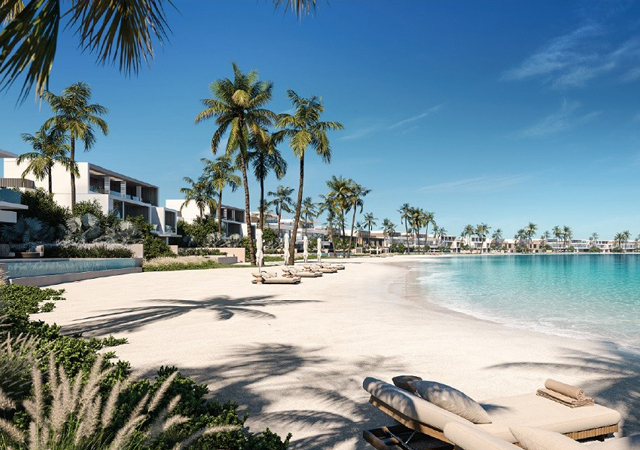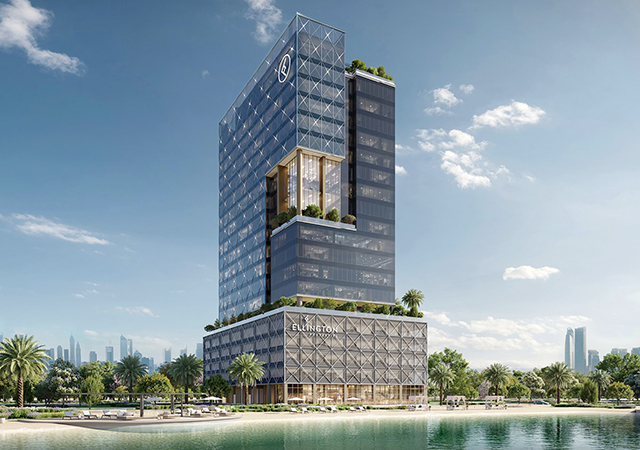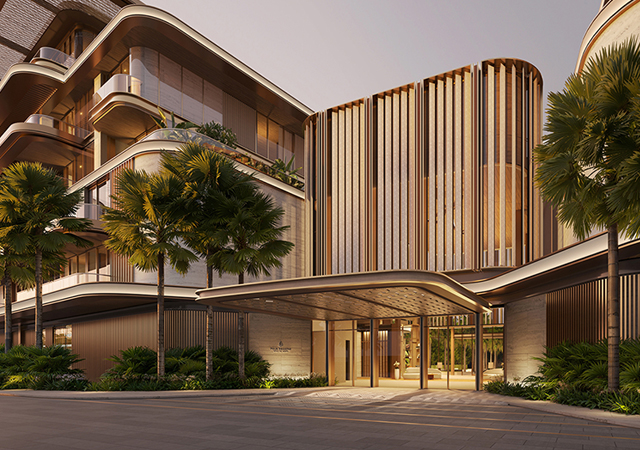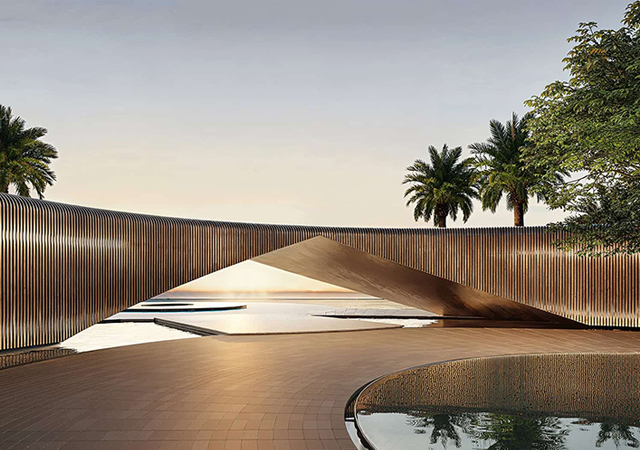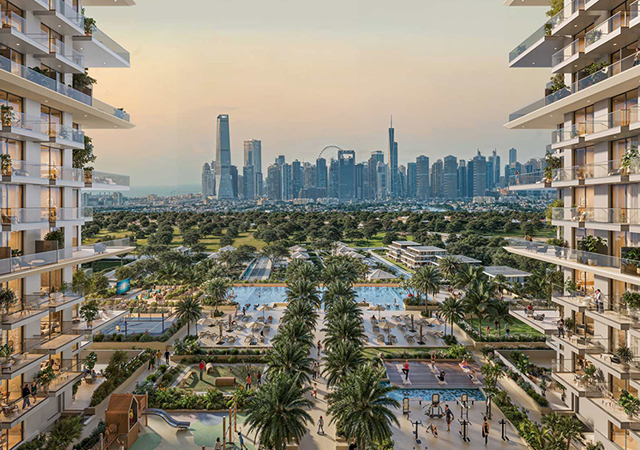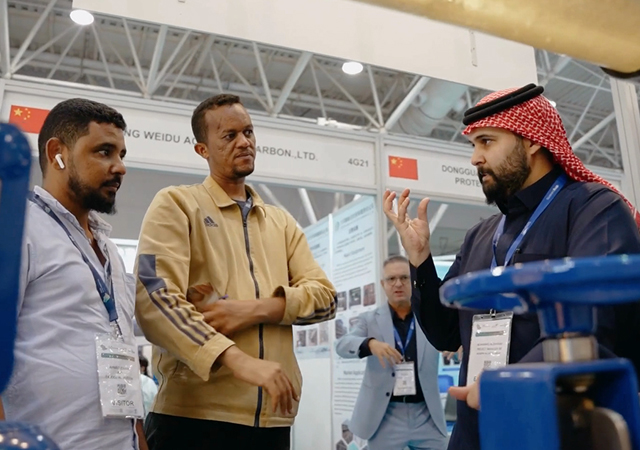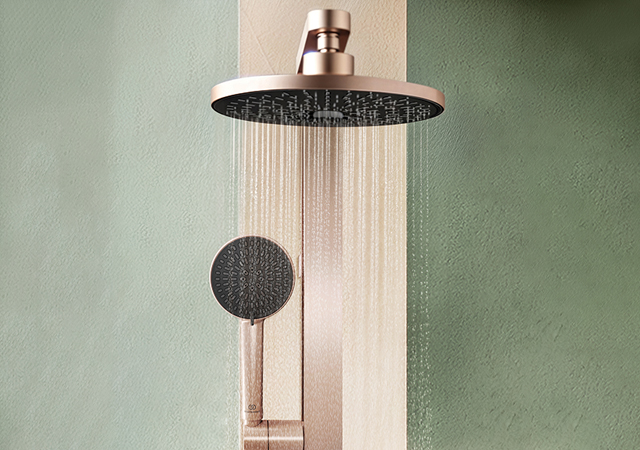
 Hazemag and Rostamani officials at the signing.
Hazemag and Rostamani officials at the signing.
Germany-based Hazemag, a renowned manufacturer of large-scale crushing plants for raw materials, non-metallic minerals and cement global industries, is currently playing a leading role in the construction of one of the largest rubble recycling plant in the world for the Emirates Recycling Company in Dubai, UAE.
As a new initiative of the Al Rostamani Group – one of the UAE's oldest and largest conglomerates – Emirates Recycling is dedicated to the recycling and recovery of the city’s construction and demolition waste and is one of the first facilities of its kind in the entire Middle East.
“An agreement was signed between the Dubai Municipality, Government of Dubai and our company according to which, with effect from January this year we will accept and recycle the incoming construction and demolition material. It is proposed to recycle the material into road base aggregate and material which could be used for non-structural purposes,” says a spokesperson for Emirates Recycling.
“During the search for a competent partner to provide the necessary technology and know-how for this purpose, the name of German recycling specialist Hazemag came automatically to the forefront and Emirates Recycling signed a contract with us in Dubai in December last year,” says a spokesman for Hazemag.
The first planning stage in the construction of this mega-sized rubble recycling plant is due to go into operation as early as March this year. The second stage is planned for later, in May 2009. There is also an option on the table for a third stage which is identical to the second stage. According to the latest figures, huge quantities of building rubble up to 3,000 tonnes per hour can be expected which is the equivalent of 150 trucks per hour. This is also a record figure calling for a very sophisticated logistical system.
With records continually being broken in connection with the height and size of new high-rise buildings that are a part of the ongoing construction boom, there is also a tremendous increase in the amount of building rubble. Due to the lack of available building land, not only are old buildings being demolished, but relatively new structures are also having to make way for more contemporary and profitable buildings. Although till now the building rubble has usually been dumped in huge tips in the desert area, leading policy makers in Dubai have now recognised that this method of disposal is extremely damaging to the environment and creates further problems for future generations. Since environmental planning and creating sustainable development projects is now a priority in the region, the focus is now on the importance of all waste material being recycled and this new mega plant is expected to be very useful in this sector.
In 2003, Hazemag had already supplied the world's then largest rubble crushing plant to Bentum Recycling Central in the Port of Rotterdam in The Netherlands, Europe's largest logistic and industrial hub on the North Sea. In this plant, more than 1,000 tonnes per hour of concrete – which also contains rebars – and broken asphalt road paving can be processed.
“Following a fact-finding visit to the plant, our owners and management realised that the design and layout of the Dutch plant would be ideal for the task in hand in Dubai, where rubble of up to 1.5 m edge length could be processed with minimum pre-treatment, coupled with optimum plant availability.After the visit, the two companies evolved a concept with the necessary infrastructure which not only suited the immediate task in hand but which also took into account the rapid capacity build-up,” he adds.
The plan comprises two planning stages that involve the supply of two semi-mobile recycling plants each with a capacity of 280 tonne per hour and the delivery of a stationary plant to handle 1,300 tonne per hour. In both systems, a product of at least 95 percent less than 60 mm will be generated, which is very marketable as a high-quality building material. Particularly significant is the use of impact crushers for the comminution process since these impact crushers achieve a high crushing ratio and can also handle and separate the re-bars in the reinforced concrete without any problems. Thus, the crusher product not only generates a high-quality construction aggregate, but also a considerable amount of valuable, marketable scrap metal, which is cleanly separated from the crushed rubble.
The second planning stage includes the use of the world’s largest impact crusher with a GSK-type rotor 2.5 m in diameter and 3 m wide. Upstream of the impact crusher is a pre-separating screen, by means of which the fines are removed from the material flow prior to entry into the impact crusher. The screen receives the material via an apron conveyor that extracts it from the feed hopper. Downstream of the impact crusher, the crushed material is conveyed further via two vibrating feeders installed in line. At this point is a magnet separator for the removal of the ferrous material.
Thanks to the size and ruggedness of the Hazemag impact crushers, the wear rates are extremely low, reducing downtime for maintenance and spare parts replacement are also minimum. In addition, special mechanical aids are provided to reduce the time and effort in spares changing.
The Emirates Recycling plant, which started operation last year and is located in the Al Lusaily area in the UAE, will have the capacity to convert the more than eight million tons of construction waste material generated in Dubai annually into usable road and construction base aggregate. It will provide developers and contractors with a readily available, high quality, low-cost and eco-friendly product as there are no down sides to using recycled aggregate since it as robust, safe and high-quality as current market alternatives.





